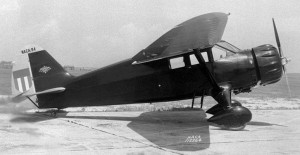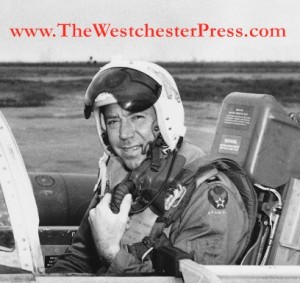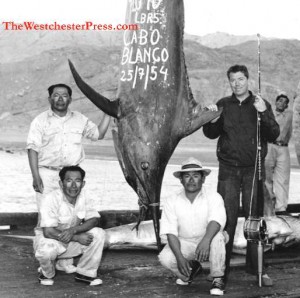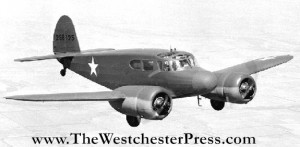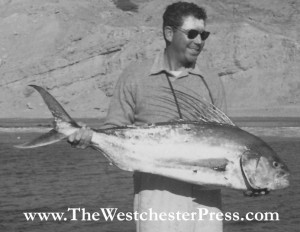
This used to be the world record Roosterfish catch, back in 1954. Col. C. J. Tippett pulled in this 80 lb fish on a 50 lb line at the Cabo Blanco Fishing Club.
The Cabo Blanco Fishing Club on the Peruvian coast was the most famous big game sportfishing location in the world in the 1950s, and Col. C. J. Tippett was the Club’s Director during the height of the Club’s fame.
He caught many huge and amazing fish, and he was present when many more were hooked – by famous and amazing people.
Among those remarkable fish is his own world record catch – a fish that may seem, at first glance, a little less remarkable than the rest, but it was a true world record catch, and it was Tip’s.
This 80 lb Roosterfish, caught on a 50 lb line, was taken at the Cabo Blanco Fishing Club in, I think, 1954.
I’m sure that Tip hooked it, and I’m sure that it was 80 lbs, and a Roosterfish, and on a 50 lb line… but I’m not sure of the date. Because Tip faithfully recorded everything except the date. sigh. So based on how he looks, I’m pretty sure it was between 1953 and 1956… and I’ve picked 1954 as my best guess.
Tip’s adventures at the Cabo Blanco Fishing Club are detailed in several chapters of his biography, “When No One Else Would Fly” now available on Amazon.com.
The Roosterfish, Nematistius Pectoralis, is a member of the Jack Family. I’m taking another wild guess that it is named for that wicked spiny fringe on its back. Roosterfish live only in the Pacific Ocean and like rocky areas right behind the surf line. They can be caught from shore. Today, it is a good candidate for catch and release as it is not considered a delicacy, although it is edible. They are usually about 15 – 20 lbs, so an 80 lb fish was something special. The world record today is 114 lbs, caught off Baja California. There have probably been quite a few bigger catches but because the fish has to be killed to be weighed to qualify for a record, some fisherman decide to let it go; both the record and the fish.
Roosterfish fishing has it’s own big fan base; anglers with an angle of their own on fishing for this dramatic looking fish. Tip would have fit right in!



